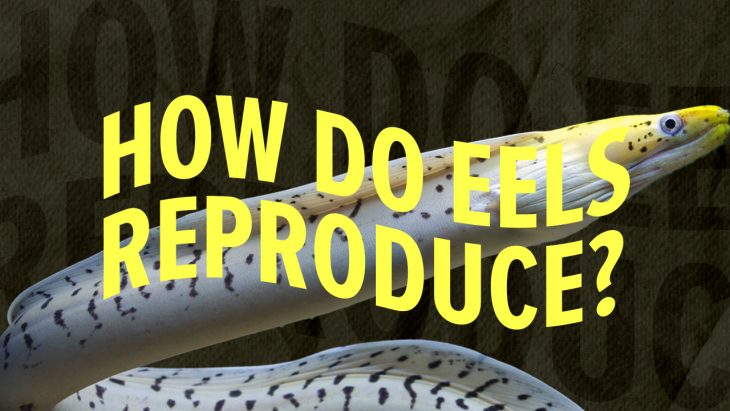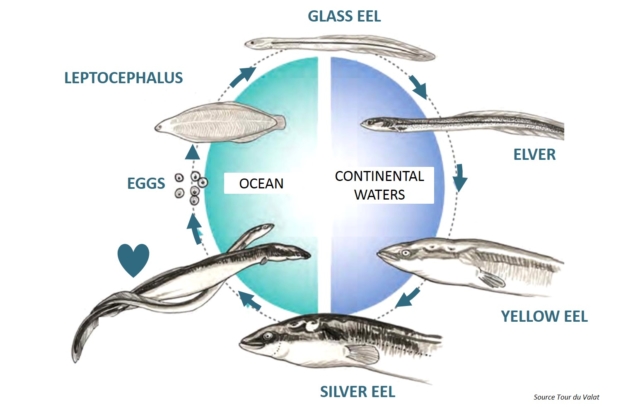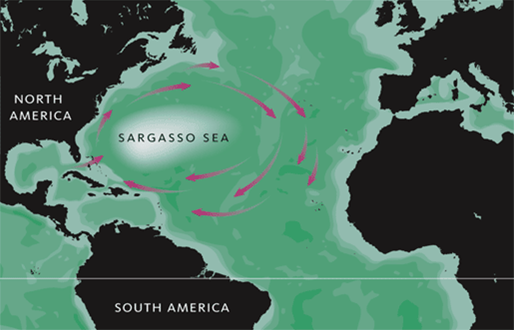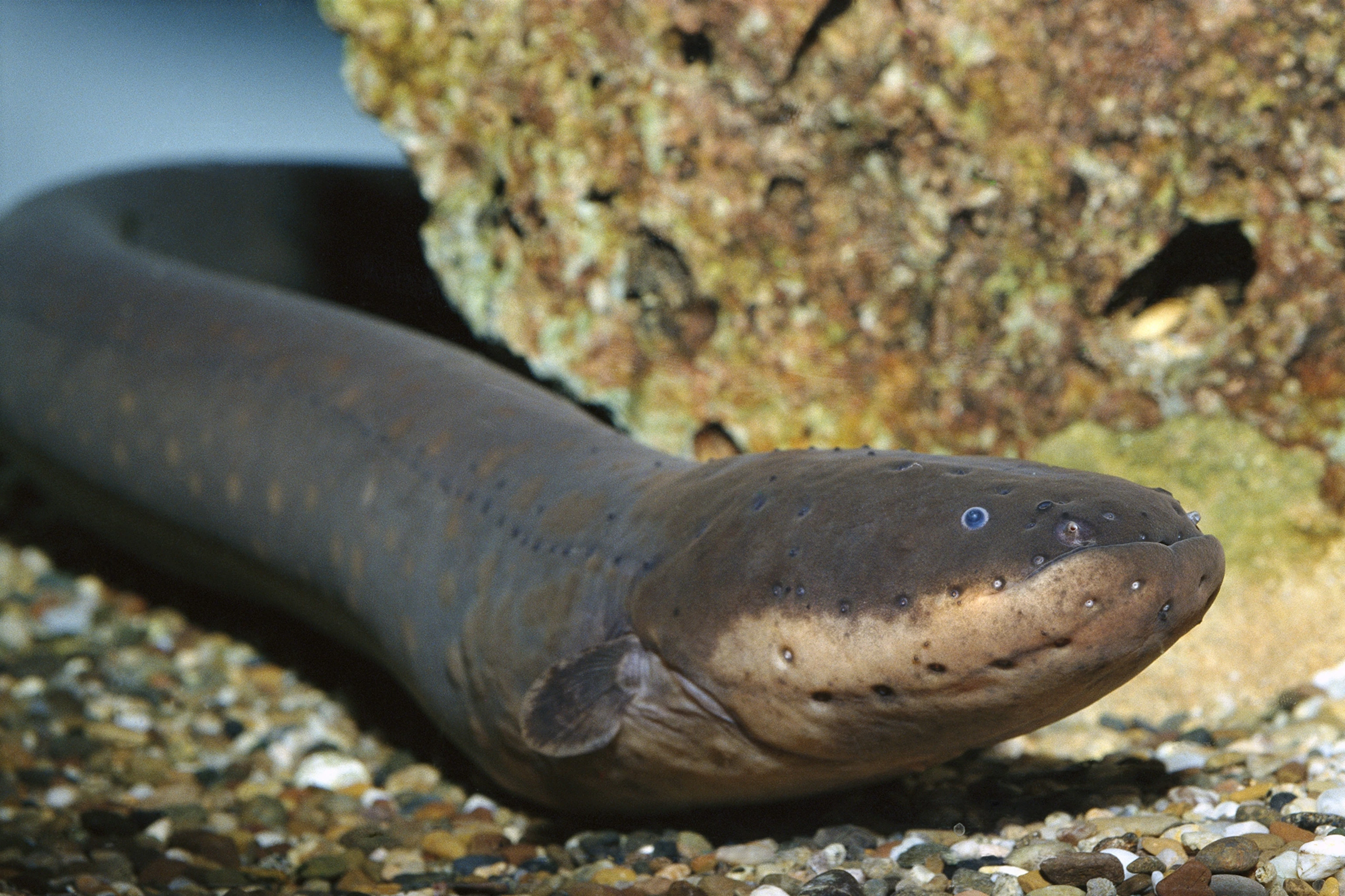
Anguilliformes or eels are fascinating creatures with long bodies, which make them resemble snakes. Over 800 species of it exist, with some found in freshwater and the sea. Eels exist around the world, and unsurprisingly people often eat them as food. For example, they are delicacies in some parts of Japan. Now despite their prevalence, there are still so many things we do not know about eels. In fact, we do not even know exactly how do eels reproduce. That’s right: eel reproduction is quite mysterious! This is despite centuries of studies and observations. How is this possible? How can we not know about the reproductive habits of one of the world’s most common kinds of fish? That is what this article will explain, and more.
How Eels Reproduce in the Wild is Mysterious
How is eel reproduction mysterious? For one thing, scientists have never observed eel spawning in the wild. Their exact spawning grounds remained mysterious for centuries. Only recently have the spawning grounds for many eel species been located. Even then, exactly how they move between their spawning and living grounds is unclear. Even their exact methods of reproduction remain largely unknown, as we will see later.
While many aspects of eel reproduction remain mysterious, other aspects have become more clear over time.
What is the Life Cycle of an Eel?
Before we dive into eel reproduction, it may be first worth describing an eel’s life cycle.

Eels, like most kinds of fish, begin their lives as eggs. These eggs hatch into larvae called leptocephali (singular leptocephalus). These are tiny creatures, less than 0.2 in (5 mm) in size. They often engage in vertical migration. This means they alternate between living at the top and bottom of bodies of water. Eels can remain in this stage for anywhere between six months to up to two years.
After this, the young eels turn into glass eels. These are larger yet small transparent juveniles (hence the name “glass” eel). They migrate from spawning grounds to their usual living grounds. Such migrations can take thousands of miles. Over time they grow in size, eventually becoming elvers. This is a stage where the eels enter freshwater bodies of water. Eventually, eels live out their lives in these bodies, then eventually return to their spawning grounds. There, they spawn and die.
How is eel reproduction mysterious when we know its life cycle? For one thing, eel spawning in the wild has never been observed. Even their exact spawning grounds were obscure for centuries. Only recently have the spawning grounds for many eel species been located. Even their exact methods of reproduction remain unclear, as we will see later.
Where do Eels Reproduce?
As mentioned earlier, eel spawning grounds are different from their actual living grounds. This is especially the case for freshwater species, but even for marine species.

The Sargasso Sea in the Atlantic Ocean is the breeding ground for European and American eels. It takes its name from the sargassum seaweed that is abundant in the area. The Sargasso Sea is unique among all seas as it has no land borders of any kind. Instead, it gets its boundaries from sea currents in the Atlantic Ocean.
The Sargasso Sea is home to many species of marine life and is economically and ecologically important. In addition to being the spawning ground for eels, it is also home to crustaceans and other forms of fish.
How did people discover that this area was where eels bred? It took years of expeditions and observations. Scientists scouted the oceans, looking for eels in their juvenile states. As they went through the seas, they noticed that juveniles got smaller and smaller. Eventually, they noticed that juveniles in the Sargasso Sea were the smallest they could find.
It’s important to note that eel migration is a two-way affair. When eels migrate from their breeding grounds to where they’ll live, their bodies adapt for the journey. Conversely, when the eels return to the spawning grounds, they too change. These changes aren’t much of a bother since the eels will also die at the spawning grounds. Thus, there’s really no need to adapt to living grounds again since they’ll never return there.
While European and American eels breed in the Sargasso Sea, eels in other oceans have their own breeding grounds. For example, Japanese eels breed near the Marianas Islands.
Eels Have Been Seen Reproducing in Captivity
One interesting thing to note is that scientists aren’t exactly sure how eels mate in the wild. There are multiple reasons for this, such as a lack of adult eel spawn observations. Indeed, scientists have yet to discover freshwater eel eggs and hatchlings in the oceans, despite multiple expeditions.
However, scientists have observed eel reproduction in captivity and have made educated guesses. For example, it is known that eels produce eggs. It is believed that eels reproduce through what is called external fertilization. This means that instead of mating using sexual organs, females release eggs. Males then release sperm into the water, which then mixes with and fertilizes the egg. This is actually a common reproductive strategy among fishes. Other groups such as salmon and clownfish also fertilize this way.
Interestingly, efforts to breed eels for commercial purposes have largely been unsuccessful. Scientists have attributed this to various factors, including biological systems and a complex life cycle.
How Do Eels Survive Migration?
As mentioned earlier, eels migrate thousands of miles to and from breeding grounds. This may not necessarily be surprising for marine species such as marine eels. However, even freshwater eels partake in this migration. Obviously, freshwater and saltwater are different, so how do eels survive? Eels can survive this journey because their bodies adapt to it. Specifically, their kidneys can handle a lot of salt. Other body parts change as well through a gradual process where eels change throughout their journeys.
How do Electric Eels Reproduce?
While we’re here, it may be worth talking about how electric eels reproduce. Unlike other eels, electric eel reproduction is not mysterious at all. Nevertheless, it is still fascinating.

Electric eels are native to South America. Like most fish, they lay eggs. To protect their young, male electric eels use saliva to build a nest. These nests can hold over a thousand eggs, which usually hatch during dry seasons.
Why do we understand electric eel reproduction? You may be surprised to know this, but electric eels are not true eels! Instead, electric eels are members of a group known as knifefishes. In fact, electric eels are more closely related to catfish than they are to true eels. Considering that electric eels and catfish live in similar environments, perhaps it’s not too surprising after all.
Will the Mystery of Eel Reproduction Ever Be Solved?
While there is still much to learn about eel reproduction, much progress has been made over the last few decades. Indeed, scientists did not even know about the Sargasso Sea spawns at first. Expeditions and observations helped determine this location, as well as that of other oceanic spawning areas. In addition, scientists did not always understand glass eels and leptocephali either.
Perhaps further expeditions, as well as progress on captive reproduction, will give us more answers over time. Maybe one day, the fascinating yet mysterious world of eel reproduction will be fully revealed. That may be soon or it could be in the distant future, but it would still be a breathtaking breakthrough.
Was this page helpful?
Our commitment to delivering trustworthy and engaging content is at the heart of what we do. Each fact on our site is contributed by real users like you, bringing a wealth of diverse insights and information. To ensure the highest standards of accuracy and reliability, our dedicated editors meticulously review each submission. This process guarantees that the facts we share are not only fascinating but also credible. Trust in our commitment to quality and authenticity as you explore and learn with us.


